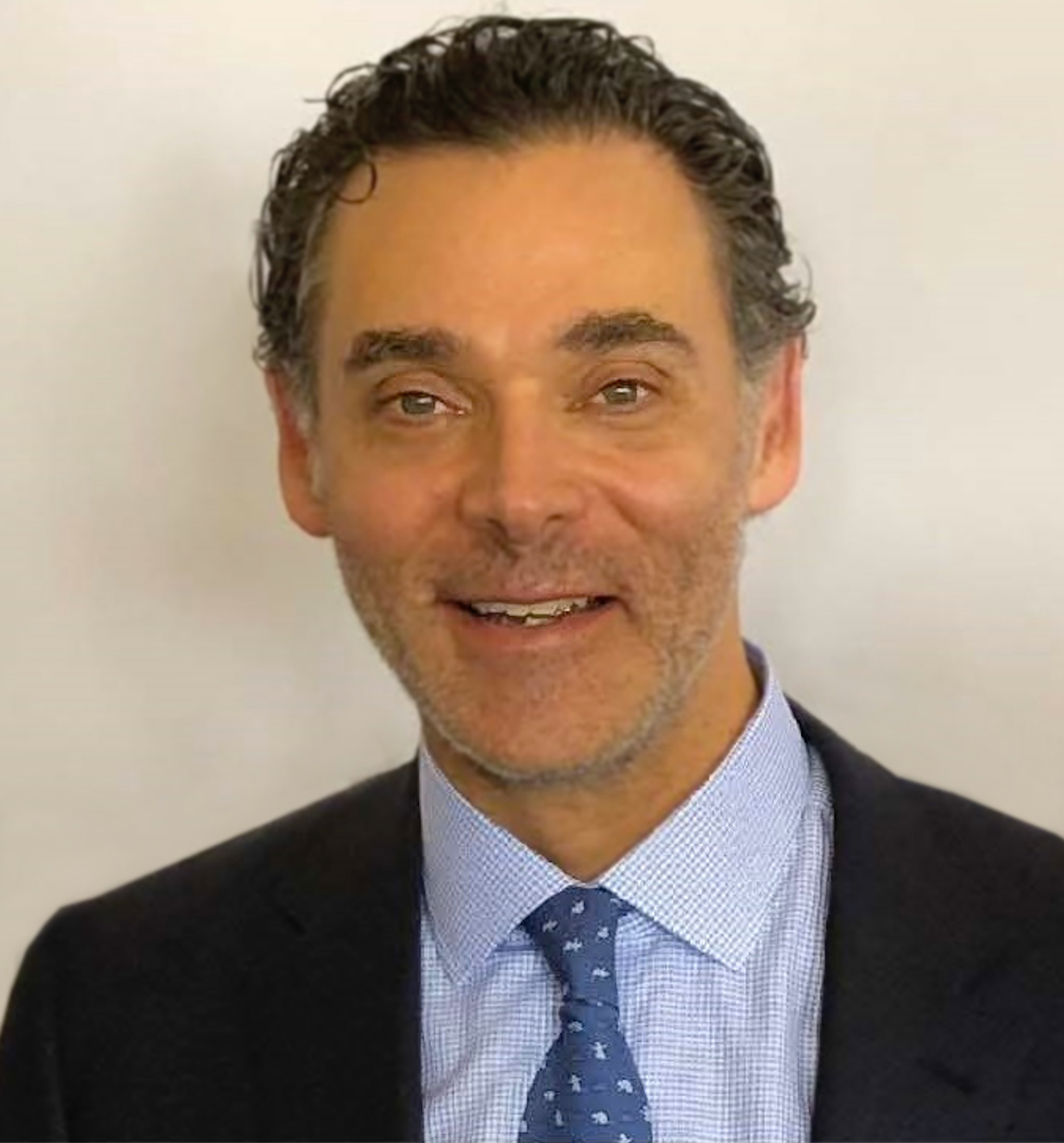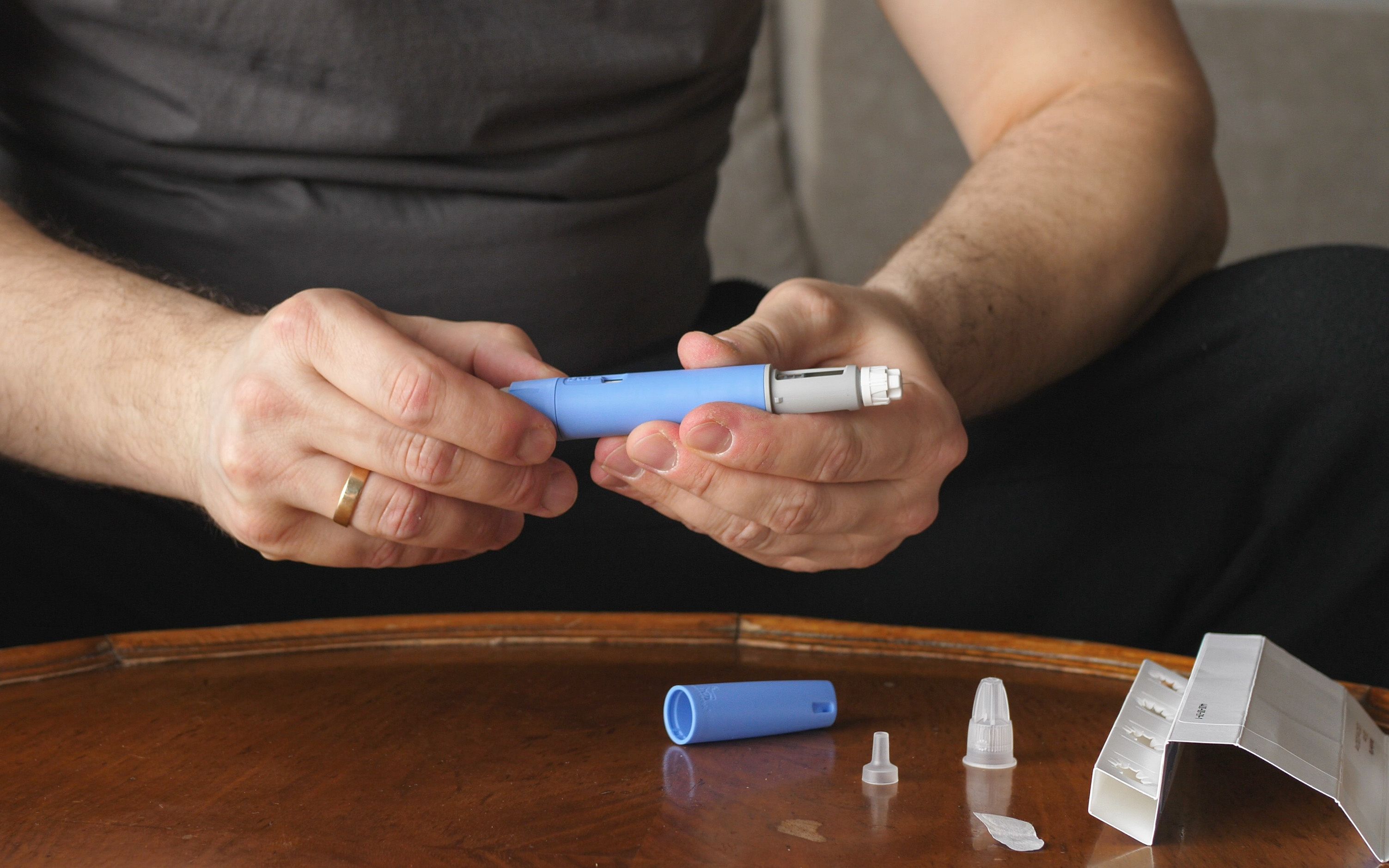- Case-Based Roundtable
- General Dermatology
- Eczema
- Chronic Hand Eczema
- Alopecia
- Aesthetics
- Vitiligo
- COVID-19
- Actinic Keratosis
- Precision Medicine and Biologics
- Rare Disease
- Wound Care
- Rosacea
- Psoriasis
- Psoriatic Arthritis
- Atopic Dermatitis
- Melasma
- NP and PA
- Skin Cancer
- Hidradenitis Suppurativa
- Drug Watch
- Pigmentary Disorders
- Acne
- Pediatric Dermatology
- Practice Management
- Prurigo Nodularis
- Buy-and-Bill
Article
Fillers for less common areas
Author(s):
Dr. Joel Cohen shares injection tips and techniques for fillers to revolumize the temple, infraorbital area and dorsal hand.
Dr. Cohen

Fillers are commonly used to revolumize the midface, cheeks and nasolabial folds. But less common areas also deserve attention, including the temple, infraorbital area and the back of the hands, according to Joel Cohen, M.D., Denver, Colo., who recently offered tips for filler treatments at Cosmetic Surgery Forum 2019 in Nashville, Tenn.
Importantly, Dr. Cohen points out that filler treatment of the temple and the infraorbital areas are both off label, while Radiesse (Merz) and Restylane Lyft (Galderma) are approved to restore volume to the back of the hands.
“I think these three areas have some similarities… the volume loss that happens over time can be quite significant,” says Dr. Cohen. And, he points out, choosing the best filler for these areas depends on how much volume, lift and contour are needed.
When injecting the temple, “I tend to inject about a centimeter and a half up from the orbital rim and about a centimeter over. I like to feel the needle really pass through that superficial temporal fascia and deep temporal fascia and really be down on bone - gently on bone - on the periosteum in that temporal fossa, and sort of gently lift up in that area,” he explains.
Dr. Cohen says he prefers to inject the temple with a needle rather than a cannula.
“I just don't feel like I can reliably feel the ability to get through those planes with a cannula,” he says, pointing out that the needle helps him be more confident he’s on the bone.
In the infraorbital area, however, he frequently uses a cannula, citing research that examines cannula size and safety. In short, a 27-gauge cannula or needle are more likely to enter a blood vessel than a 25-gauge cannula or larger.
“…using a 25-gauge cannula or something larger, like a 23- or 22-gauge cannula in some areas, in particular, the infraorbital area, or the dorsal hand or sometimes in the décolleté, can be helpful, and there is some data,” Dr. Cohen says.
“Doris Hexsel published a study in Dermatologic Surgery looking at the nasolabial folds several years ago, comparing a needle on one side and a cannula on another side.1 And having less discomfort, less bruising and less swelling… was a trend and apparent in that particular project,” he says.
As for revolumizing the dorsal hand, Dr. Cohen says, injection techniques have evolved.
“I don't inject by lifting up anymore. I actually tend to leave things down and in place so I can stay shallow and I'll use a cannula to hopefully just facilitate that [very thin dorsal superficial lamina] area,” he says.
“My approach is now, instead of going from distal to proximal, is actually going from proximal to distal. So as the hand sort of fans out, I have the patient turn their hand inward, and then I'm actually injecting as the hand is inward, and I'm standing right next to them…. I find that you can really cover the hand in probably two or less sticks.”
Adding volume in between the tendons, he says, helps to camouflage the veins.
Patients with smaller hands or those in need of less volume may only require a single injection point.
Finally, Dr. Cohen says he likes using a scale to show patients the potential for hand rejuvenating effects.
“I find [the Merz Scales] very helpful to show patients - what we're at right now at baseline, and the goal in terms of volume replacement.
References:
1. Hexsel D, Soirefmann M, Porto MD, Siega C, Schilling-Souza J, Brum C. Double-blind, randomized, controlled clinical trial to compare safety and efficacy of a metallic cannula with that of a standard needle for soft tissue augmentation of the nasolabial folds. Dermatol Surg. 2012;38(2):207-14.





